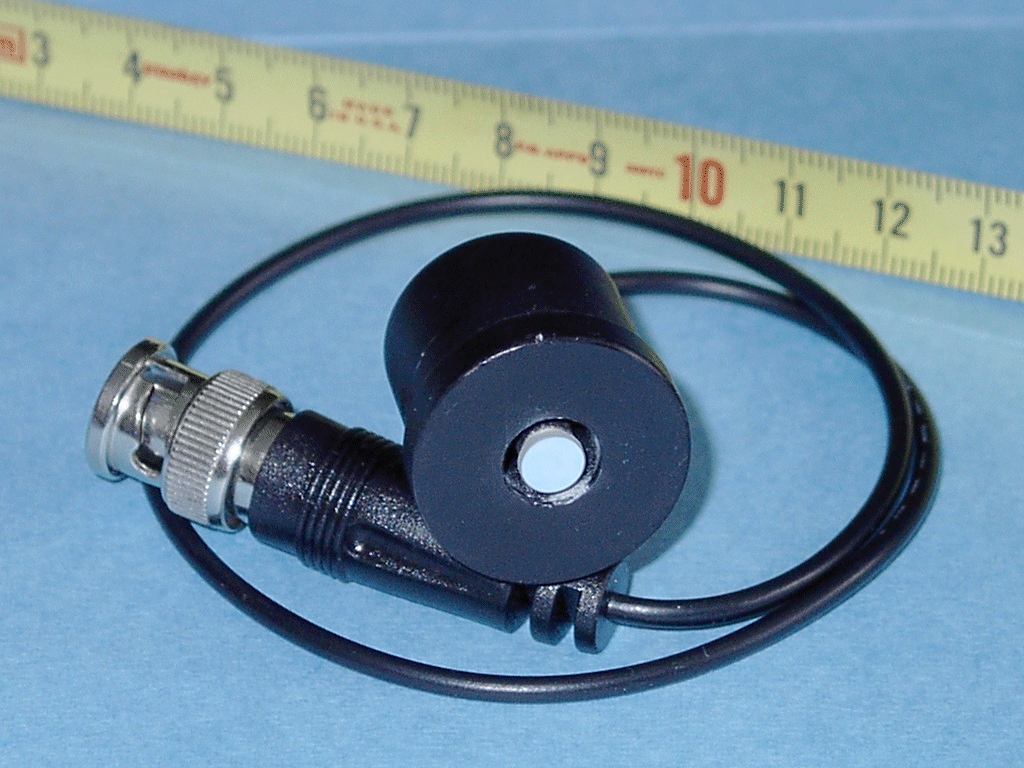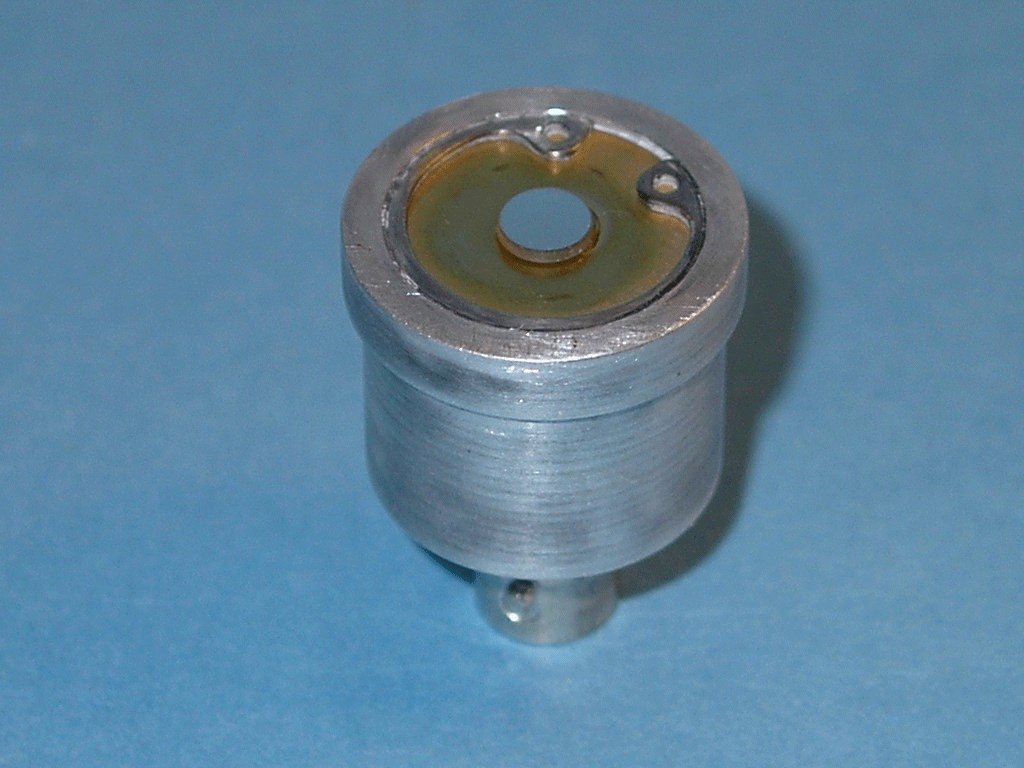Piezoelectric Mirrors
PZT-7K
PZT-90K


|
Low Frequency Piezoelectric Mirror Model # PZT-7K |
High
Frequency Piezoelectric Mirror |
||||||||||||||||||||||||||||||||||||||||||
|
|
PZT-7K
Description
The
PZT-7K piezoelectric mirror is essentially a 6.4 mm diameter by 1 mm
thick mirror cemented to a piezoelectric bender element to provide a pzt
mirror or pzt actuator for use as a phase modulator. The bender element
is held in an aluminum mount by a retaining clip with the piezoelectric
element inside. The PZT element is connected by a thin wire to the
center conductor of a BNC connector that screws into the end of the
mount. This provides a simple and effective piezoelectrically actuated
mirror that is well suited to phase stepping interferometry or to
sinusoidal phase modulation up to about 7 KHz. Although this unit can be
used at frequencies higher than 7 KHz, its performance may be degraded
at some frequencies by diametral modes of the bender element. The
fundamental resonance of the bender is about 2.5KHz, and as the
operating frequency approaches this value, less voltage is required to
obtain vibratory modulation.
PZT-90K
Description
The PZT-90K piezoelectric mirror consists of a 6.4 mm diameter by 1 mm thick mirror cemented to the end of a piezoelectric stack. The piezoelectric elements of the stack are bonded together so that they are in series mechanically and in parallel electrically so as to give maximum extension with minimum applied voltage. The stack is supported by the plastic mount near its center so that it does not transmit vibrations to its support. Its electrical leads are connected to a BNC cable. The stack has a fundamental resonance at about 88 KHz and other resonances above that frequency. As the resonances are approached, less voltage is required to obtain vibratory modulation. The material used in the composition of the stack is a hard piezoelectric with low hysteresis so as to minimize heating during high frequency operation. This pzt mirror can be used in optical coherence tomography or optical coherence microscopy as a phase modulator at high frequencies.